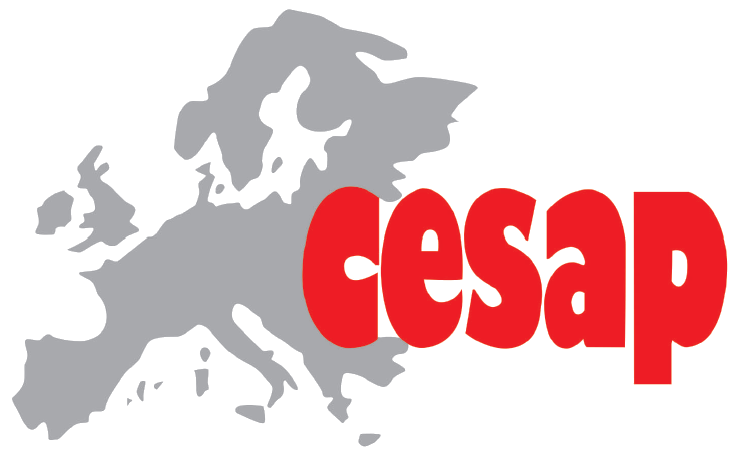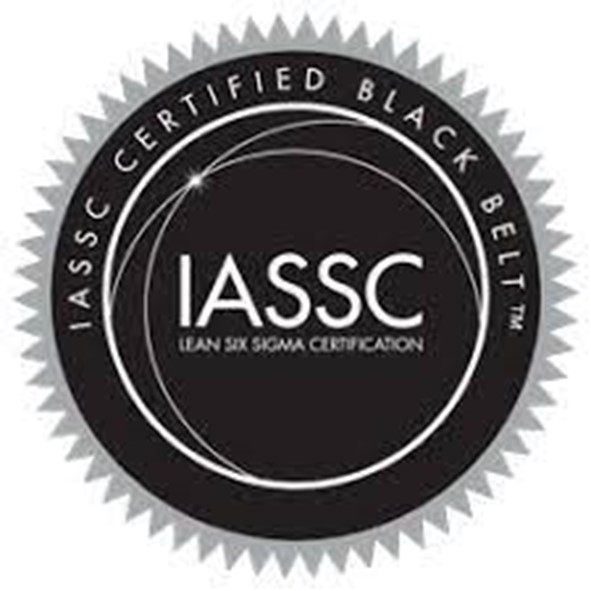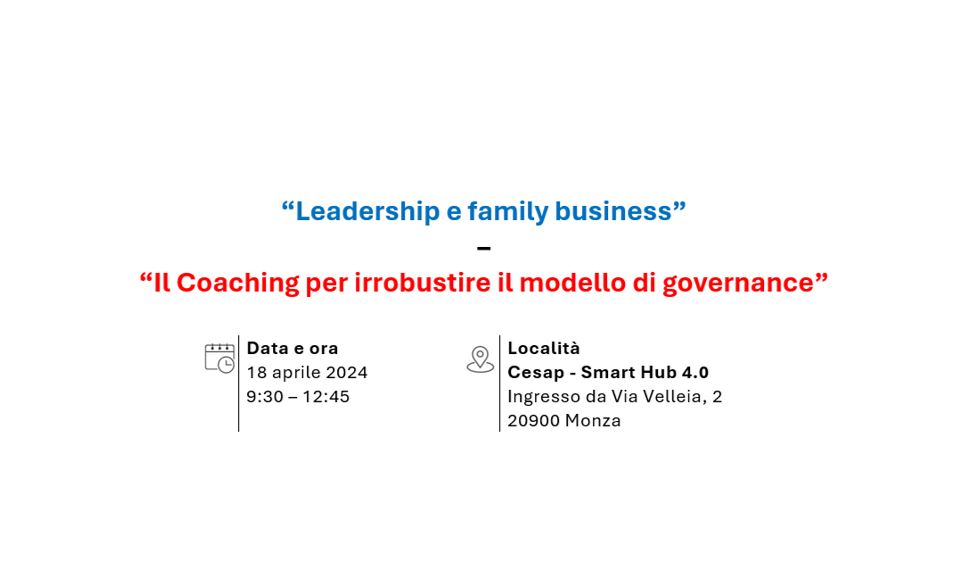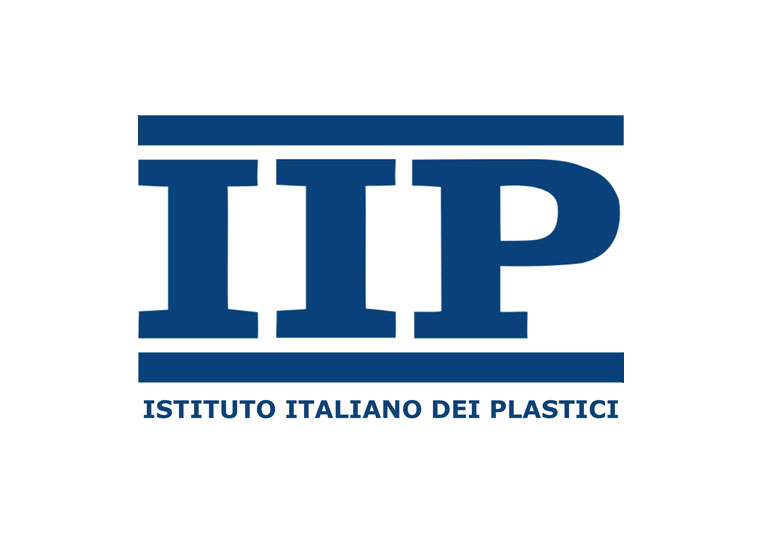Il corso, della durata complessiva di quindici giornate, è strutturato in otto moduli, ognuno dei quali fa riferimento a un capitolo importante dell’approccio al miglioramento.
Ogni modulo è perfettamente integrato nel percorso DMAIC, a cui si fa costantemente riferimento durante la presentazione degli strumenti.
Il percorso è rivolto a coloro che sono già in possesso della certificazione Green Belt.
Tutti i moduli prevedono numerose esercitazioni relative a casi pratici.
Ogni partecipante deve sviluppare un progetto Six Sigma con applicazione completa dell’approccio DMAIC nella propria realtà aziendale. Il progetto viene avviato durante lo svolgimento del corso di formazione e dura in media 3/4 mesi. I progetti vengono discussi in aula e all’interno di ogni modulo si ritaglia uno spazio apposito per la discussione dei progetti.







